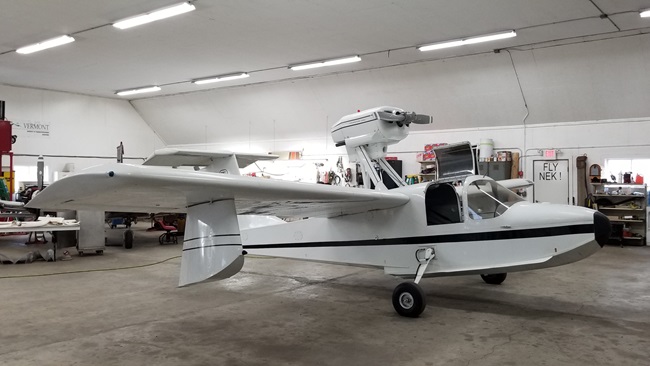FAA updates seaplane operation safety information
In an effort to improve pilot and passenger safety during seaplane operations under FAR Part 91, the FAA issued an advisory circular (AC) that revises guidance on a range of operational and safety considerations.
AC 91-69A updates advice for seaplane operators regarding preflight, oral briefings for passengers, safety belts and shoulder harnesses, escape and egress after capsizing procedures, water survival, and flotation gear for occupants.
The document discusses the importance of a thorough preflight briefing for passengers that includes instruction on how to use seat belts and seats, the location of personal flotation devices and how to use them, door handle operation, water survival, and stresses the importance of establishing situational awareness for passengers in the event the aircraft becomes inverted in the water.
To decrease the possibility of passenger disorientation, the AC suggests that the pilot should help passengers establish a definite frame of reference during the preflight briefing, “such as left hand on the left knee or left armrest or right hand toward the direction of the exit...Using positional and situational awareness and the ’hand-over-hand‘ technique decreases the possibility of becoming disoriented.”
The AC also suggests that seaplane operators who are not involved in for-hire operations provide their passengers with flotation gear. Currently the U.S. Coast Guard requires personal flotation devices "for each occupant on all vessels, but this does not include seaplanes," the FAA notes in the AC. The FAA only requires for-hire operators flying over water and beyond power-off gliding distance from shore to provide flotation gear to passengers.
The AC is not legally binding and is meant to provide information to the public and operators about current requirements and policies.




